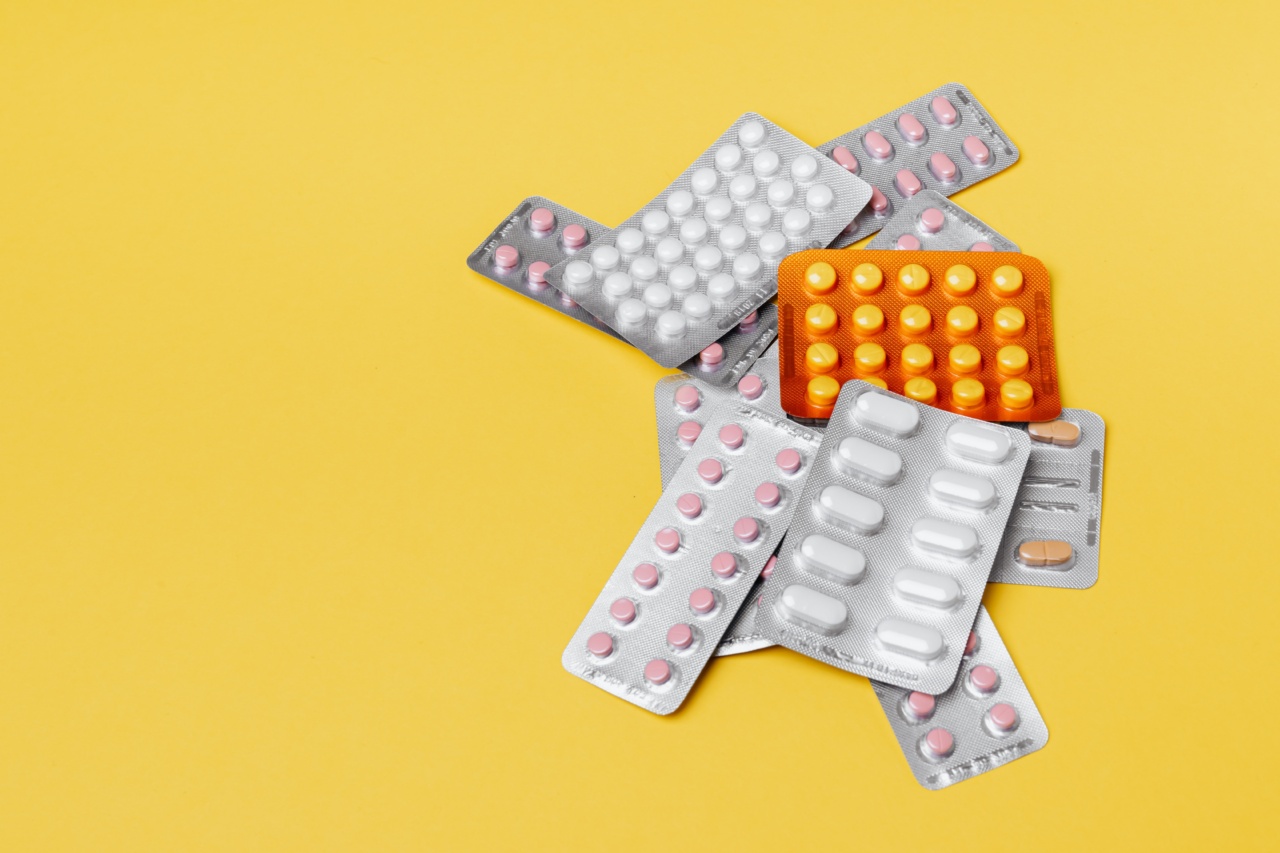Chronic Venous Disease (CVD) is a condition that affects the veins in the legs and causes impaired blood flow back to the heart. It is a common condition that can cause discomfort, pain, and other symptoms.
In this article, we will discuss some tips and tricks to find relief from the symptoms of chronic venous disease.
Use Compression Stockings
One of the most effective ways to manage the symptoms of chronic venous disease is by using compression stockings. These stockings help improve blood flow by applying gentle pressure to the legs, which helps the veins to function better.
Compression stockings come in various lengths and strengths, so it is important to consult with a healthcare professional to find the most suitable one for your specific condition.
Elevate Your Legs
Elevating your legs above the level of your heart can help reduce swelling and provide relief from symptoms. By elevating your legs, you allow gravity to assist in promoting blood flow back to the heart.
You can try propping your legs up on a pillow or using a reclining chair to elevate your legs comfortably.
Exercise Regularly
Engaging in regular exercise is crucial for managing chronic venous disease symptoms. Exercise helps improve blood circulation and strengthens the muscles in your legs, which in turn aids in the return of blood flow to the heart.
Low-impact exercises like swimming, walking, and cycling are especially beneficial for individuals with chronic venous disease.
Avoid Prolonged Sitting or Standing
Prolonged sitting or standing can worsen the symptoms of chronic venous disease. If you have a desk job that requires long hours of sitting, make sure to take breaks and walk around periodically.
If your job involves long periods of standing, try to take sitting breaks whenever possible. Maintaining an active lifestyle and avoiding extended periods of inactivity can help alleviate symptoms.
Follow a Healthy Diet
Adopting a healthy diet can have a positive impact on your overall circulation and improve symptoms of chronic venous disease. Incorporate foods rich in fiber, vitamins, and minerals into your diet.
Foods such as fruits, vegetables, whole grains, and lean proteins help maintain a healthy weight and promote better blood flow.
Stay Hydrated
Proper hydration is essential for preventing blood from thickening and promoting healthy circulation. Drink an adequate amount of water throughout the day to keep your body hydrated.
Avoid excessive consumption of alcohol and caffeinated beverages, as they can contribute to dehydration.
Avoid Tight Clothing
Avoid wearing tight clothing, especially around the waist, groin, and legs. Tight clothing can restrict blood flow and worsen symptoms of chronic venous disease. Opt for loose-fitting and comfortable clothing that allows for proper circulation.
Quit Smoking
Smoking affects blood circulation and can exacerbate symptoms of chronic venous disease. Quitting smoking has numerous health benefits and can significantly improve your overall vascular health.
Consult with your healthcare provider for resources and support to aid in smoking cessation.
Manage Your Weight
Excess weight puts additional pressure on your legs and veins, which can lead to increased discomfort and symptoms. Maintaining a healthy weight can alleviate the strain on your veins and improve blood flow.
Regular exercise, a balanced diet, and portion control can help achieve and maintain a healthy weight.
Seek Medical Advice
If you are experiencing persistent or worsening symptoms of chronic venous disease, it is important to seek medical advice. A healthcare professional can accurately diagnose your condition and provide appropriate treatment options.
They may recommend procedures such as sclerotherapy, vein stripping, or laser therapy to alleviate symptoms.
In Conclusion
Chronic venous disease can be a challenging condition to manage, but with the right lifestyle changes and medical interventions, relief from symptoms is possible.
Incorporate these tips and tricks into your daily routine to improve your quality of life and minimize discomfort caused by chronic venous disease.




























